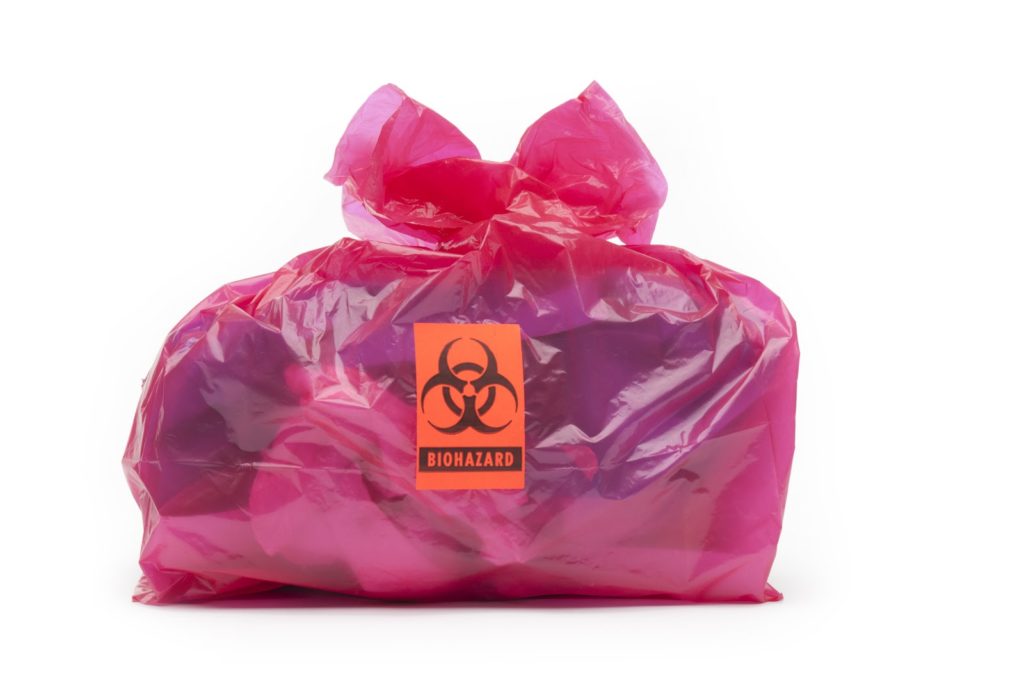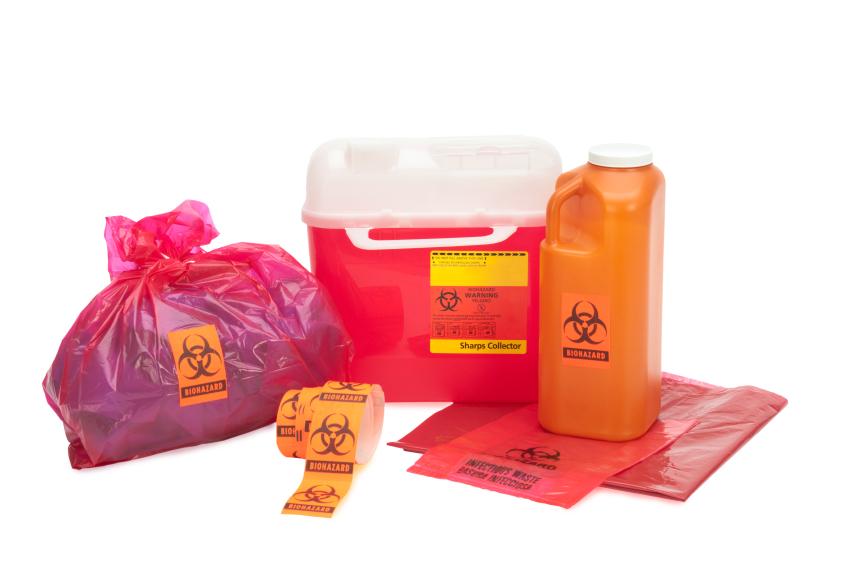Comprehending the Various Kinds of Waste Disposal Techniques
In the realm of waste administration, the selection of disposal techniques available today is huge and differed, each approach offering a distinct purpose in dealing with the difficulty of garbage disposal. click here. From reusing methods that aim to provide brand-new life to products, to the elaborate processes of harmful waste monitoring, the landscape of waste disposal is complex yet vital for ecological sustainability. Understanding the nuances of these different methods not only clarifies the relevance of liable waste management yet additionally triggers us to reconsider our method in the direction of garbage disposal in a rapidly progressing globe
Recycling Techniques
Recycling approaches are critical for sustainable waste management practices in both property and industrial settings. medical waste removal. By applying effective recycling strategies, a substantial amount of waste can be drawn away from garbage dumps, conserving all-natural resources and lowering the environmental influence of production procedures
In property locations, curbside recycling programs play a crucial role in encouraging households to separate recyclable products from general waste. Products such as paper, plastics, glass, and metals can be sorted and accumulated for processing right into new items, reducing the requirement for basic materials and energy-intensive manufacturing procedures.
Industrial facilities likewise count on recycling techniques to minimize waste generation and promote a round economy. By carrying out closed-loop systems, businesses can reuse products within their manufacturing processes, minimizing costs and environmental impact. medical waste removal. Furthermore, commercial recycling programs often include collaborations with specialized reusing centers to guarantee that materials are appropriately arranged, processed, and reintegrated into the supply chain
Composting Methods

Aerated fixed stack composting involves blending organic waste products in a large heap and regularly turning it to ensure proper oygenation. This approach is effective for large-scale composting procedures. On the other hand, vermicomposting makes use of earthworms to damage down raw material into nutrient-rich spreadings. This method is well-suited for smaller-scale procedures and homes.
In-vessel composting involves putting natural waste in a shut container with regulated conditions for temperature and oygenation. Windrow composting consists of creating long rows of organic waste and routinely turning them to advertise disintegration - medical waste removal service.
Landfill Disposal
Garbage dump disposal is a generally made use of approach for taking care of waste that can not be reused or composted. Methane gas, a by-product of disintegrating organic waste in landfills, is frequently collected and used as a resource of eco-friendly energy. Efforts to reduce dependence on garbage dumps include promoting waste decrease, reusing, and checking out alternative waste disposal approaches to decrease the environmental footprint linked with typical garbage dump disposal practices.

Waste-to-Energy Incineration
Incineration of waste for power generation is a method progressively being considered as an option to typical landfill disposal methods. Waste-to-energy incineration involves the combustion of waste products at high temperature levels, usually in specialized centers designed to produce power or heat with the procedure - click here. This strategy not only decreases the quantity of waste that would otherwise be predestined for landfills however additionally harnesses the warm generated during incineration to produce power
Among the key advantages of waste-to-energy incineration is its capacity to create electrical power while lessening the ecological impact compared to traditional land fill disposal methods. By converting waste into energy, this technique aids in reducing greenhouse gas discharges and reliance on nonrenewable fuel sources for power generation. In addition, waste-to-energy facilities are equipped with sophisticated air pollution control innovations to minimize possible toxic wastes released during the combustion process.
Hazardous Waste Management

Considering the essential importance of liable waste monitoring techniques, especially in the realm of environmental sustainability, the emphasis currently moves towards the elaborate domain of Contaminated materials Monitoring. Harmful waste presents considerable threats to both human health and wellness and the atmosphere, requiring specific handling and disposal techniques. Common instances of contaminated materials include chemicals, batteries, pesticides, and digital waste.
Harmful Waste Administration involves the recognition, collection, transportation, treatment, and disposal of products deemed hazardous or possibly hazardous. This process calls for adherence to stringent regulations and standards to alleviate damaging influence on communities and public health. Different methods are utilized in managing contaminated materials, including recycling, safe and secure garbage dumps, encapsulation, and chemical therapy.
Proper Unsafe Waste Administration is critical for stopping contamination of soil, water sources, and air contamination. It is important for sectors, laboratories, medical care facilities, and other generators of contaminated materials to execute durable monitoring techniques, training programs, and emergency situation response prepares to make certain the safe handling and disposal of these materials. Failing to manage dangerous waste suitably can have far-reaching consequences, highlighting the relevance of liable and attentive practices in this field.
Final Thought
In final thought, waste disposal methods play an important function in managing and reducing the impact of waste on the environment. It is vital for markets and individuals to understand the various waste disposal strategies offered and select the most suitable method for lasting waste monitoring.
In the realm of waste management, the array of disposal strategies offered today is large and varied, each approach hop over to here offering a distinct purpose in resolving the difficulty of waste disposal. click here. From reusing approaches that intend to provide new life to products, to the complex processes of dangerous waste management, the landscape of waste disposal is intricate yet vital for environmental sustainability. Understanding the subtleties of these various techniques not just drops light on the significance of responsible waste management however likewise motivates us to reassess our technique towards waste disposal in a rapidly advancing world
Initiatives to minimize reliance on land fills include advertising waste decrease, recycling, and discovering alternative waste disposal approaches to lessen the environmental impact associated with typical garbage dump disposal practices.
It is vital for individuals and industries to understand the various waste disposal techniques readily available and choose the most ideal method for lasting waste management.